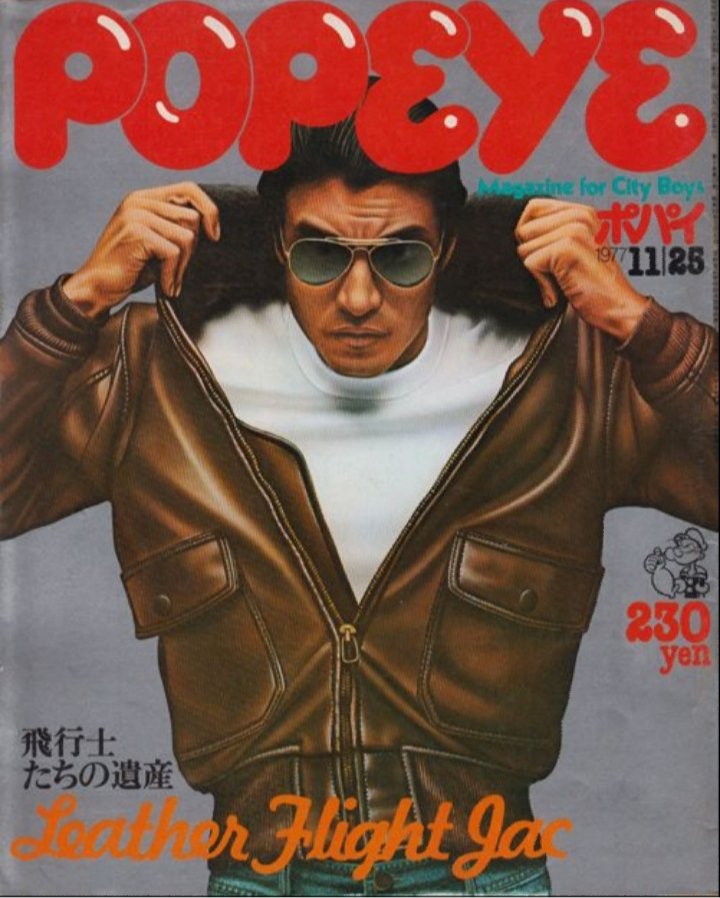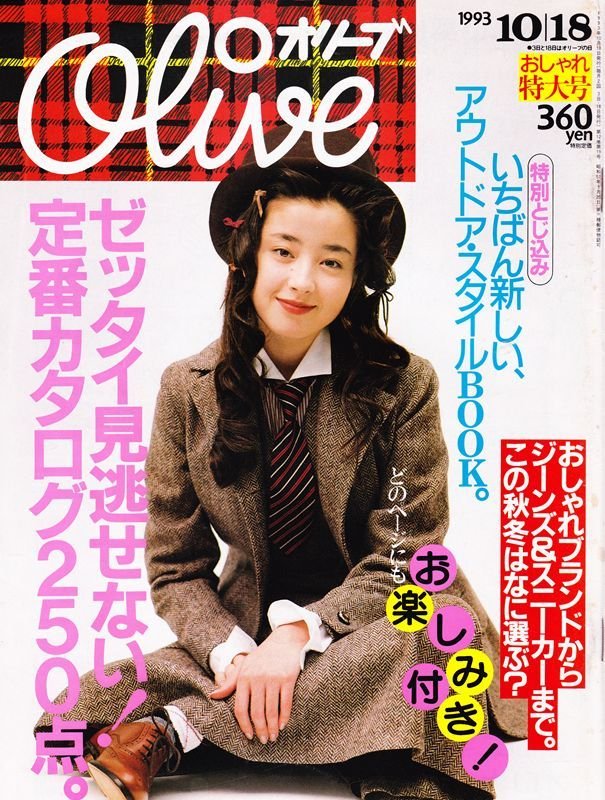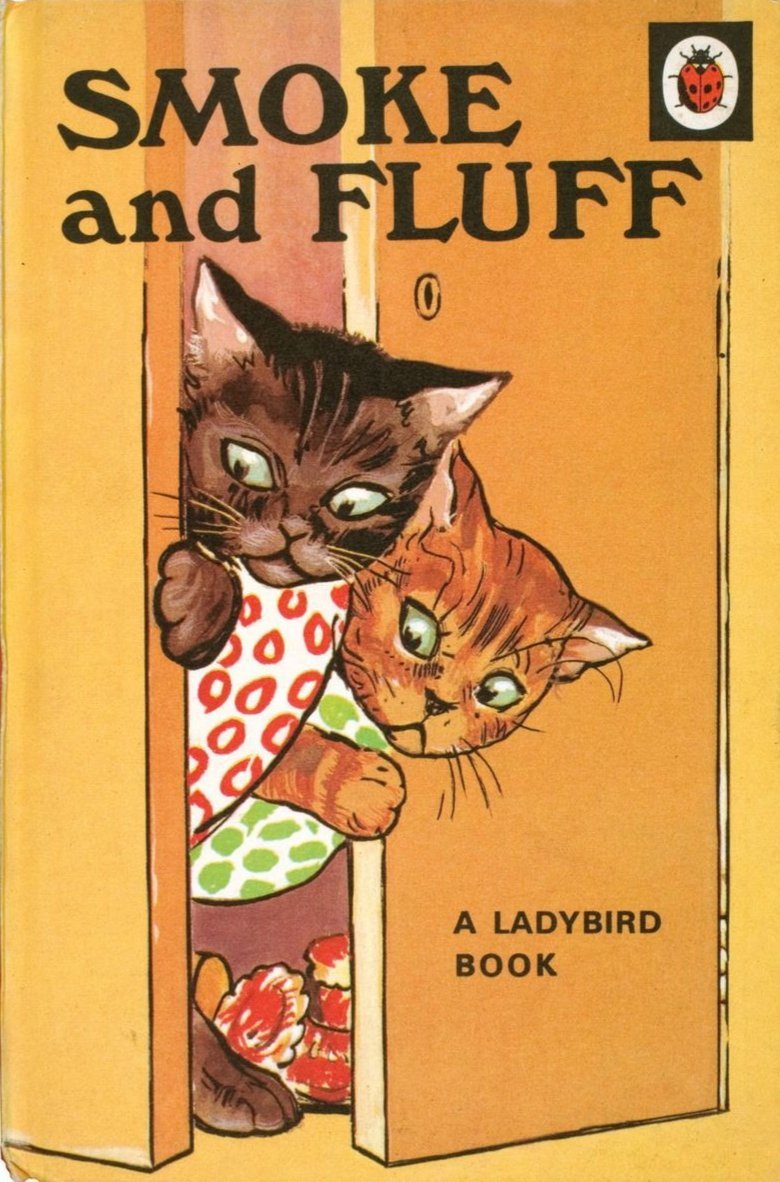
Today in pulp I try to decipher 1980s Japanese street style, with the help of Olive: The Magazine for Romantic Girls!
This may involve frills...
This may involve frills...

Street style is an ever changing mix of styles, brands, attitudes and poses with various influences. And you normally have to be in the right place at the right time to capture it. 

Which is where magazines come in! Photograping, documenting and deconstructing fashion never goes out of style, and in the late 1970s Japanese youth had one key guide to help them: Popeye! 

Popeye was the Magazine for City Boys, with the City Style - a bit Preppy, a bit Paninaro- becoming one of the dominant '80s looks. At least for the chaps. 



Women's street style was a more complicated affair on Japan with many competing trends. Kawaii - the aesthetic of cuteness - vied with Otome ("maiden style"), Lolita, Pink House, Prarie Look and many other influences in the 1980s. 

So in 1982 the publishers of Popeye released a new magazine: Olive. Aimed at City Girls looking for a City Style it lasted for only a few issues before it was withdrawn, radically retooled and reissued. 

Olive: The Magazine for Romantic Girls hit the newsstands in 1983 and for many years was the go-to guide for Japanese street style.
But what was the "Romantic Look" and where did it come from?
But what was the "Romantic Look" and where did it come from?

Well ther were a number of Olive styles over the years. The classic look was French high school style - Lycéene - with lots of volume and details. 

Natural Kei, often associated with the Pink House label, involved soft patterns and lots of layering. Long skirts were the norm. 



Character fashion was also a notable influence, with fashion styles reflecting popular singers and bands from Madonna to Bananarama. 

By the early '90s the focus had moved from specific brands towards specific ways of combining clothes and accessories. How you wore it mattered more than what you wore. 

And by the mid-90s the French high school lok was giving way to Schoolgirl Style, although Olive Girls still wove the maiden-type aesthetic through them. 



The Age of Magazines may be passing, but Instagram can't replace the well-curated insights or the sheer pleasure of a good fashion magazine. So here's to Olive and all the Romantic Girls it influenced!
More stories another time...
More stories another time...

• • •
Missing some Tweet in this thread? You can try to
force a refresh




























